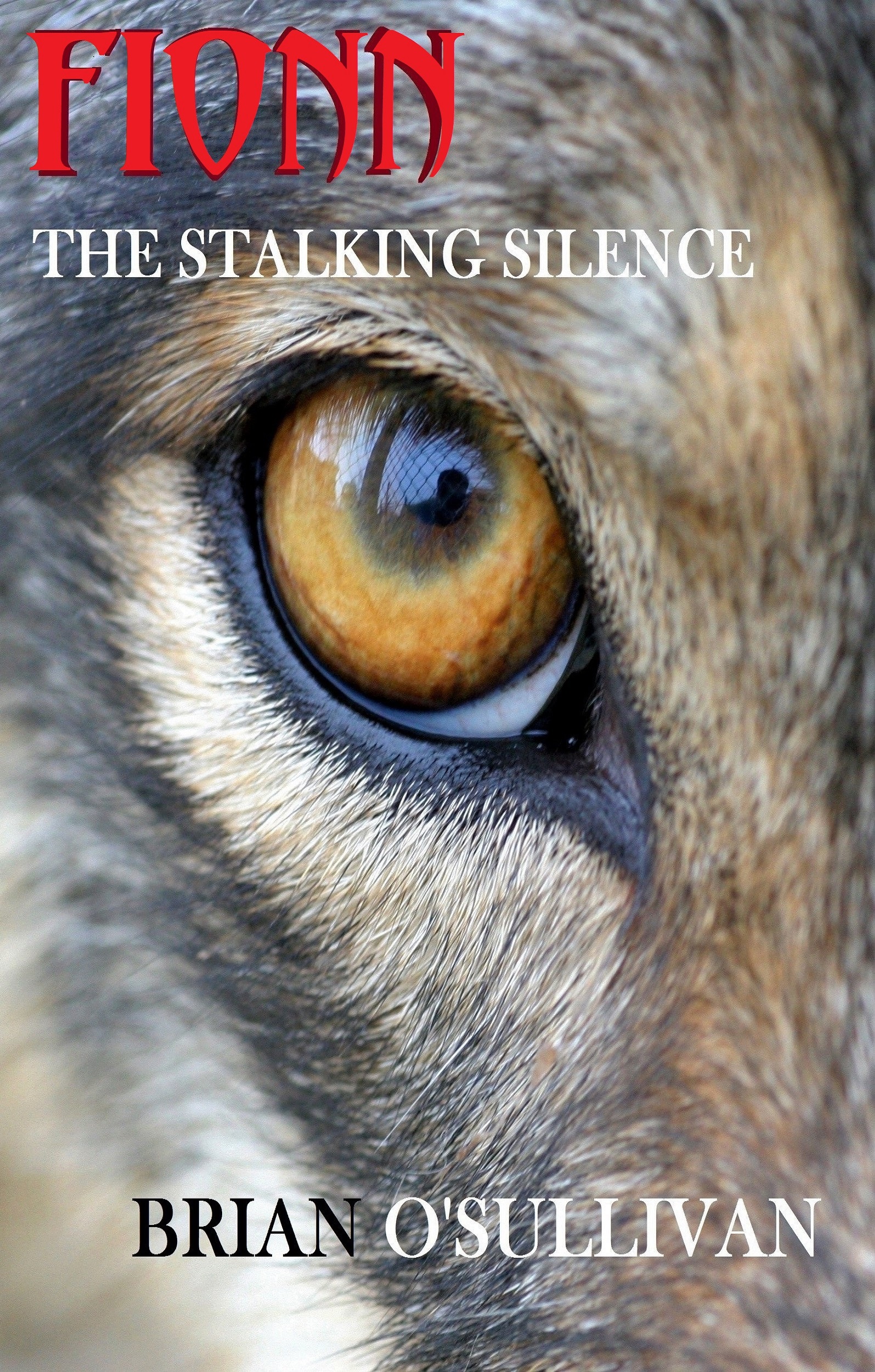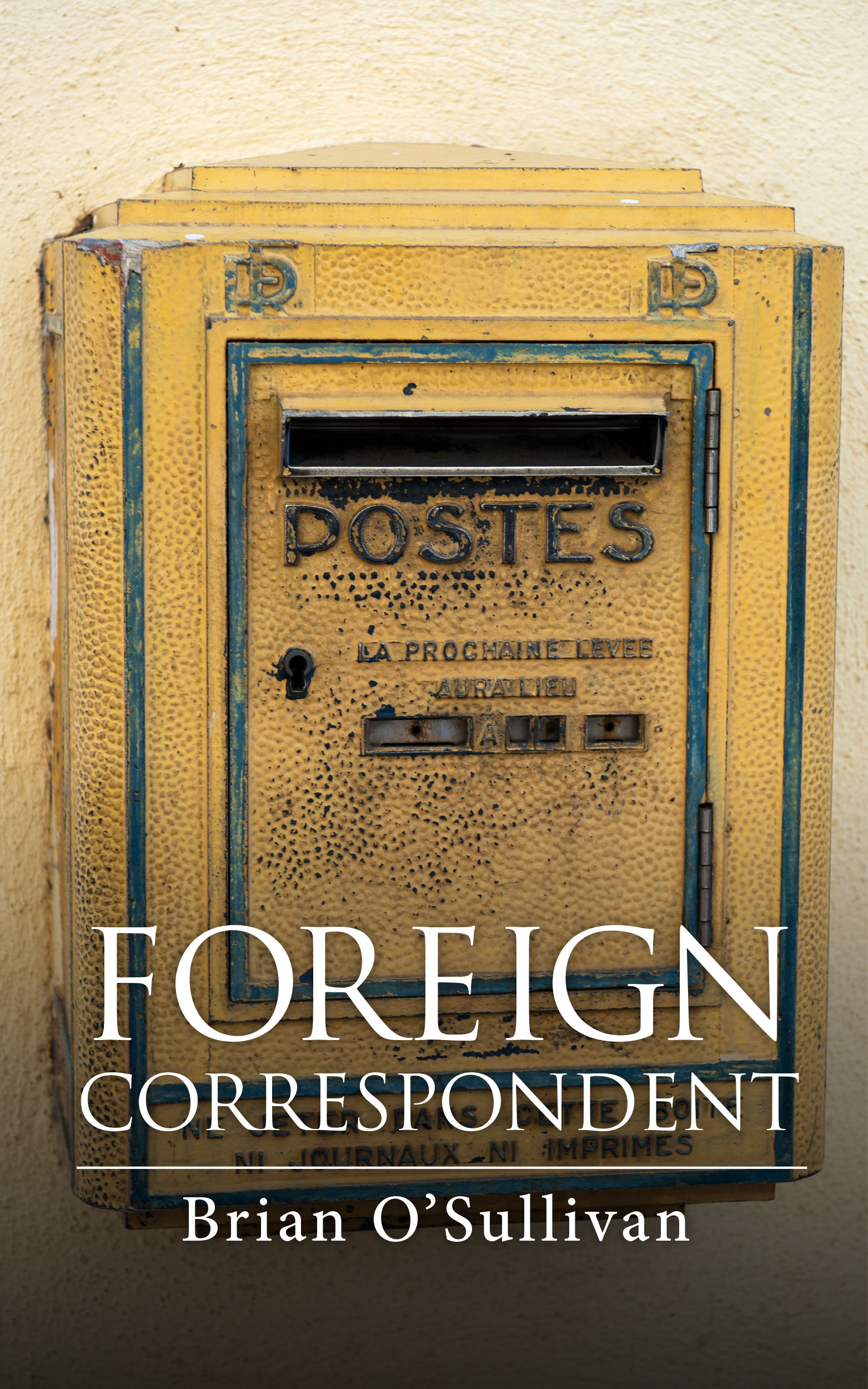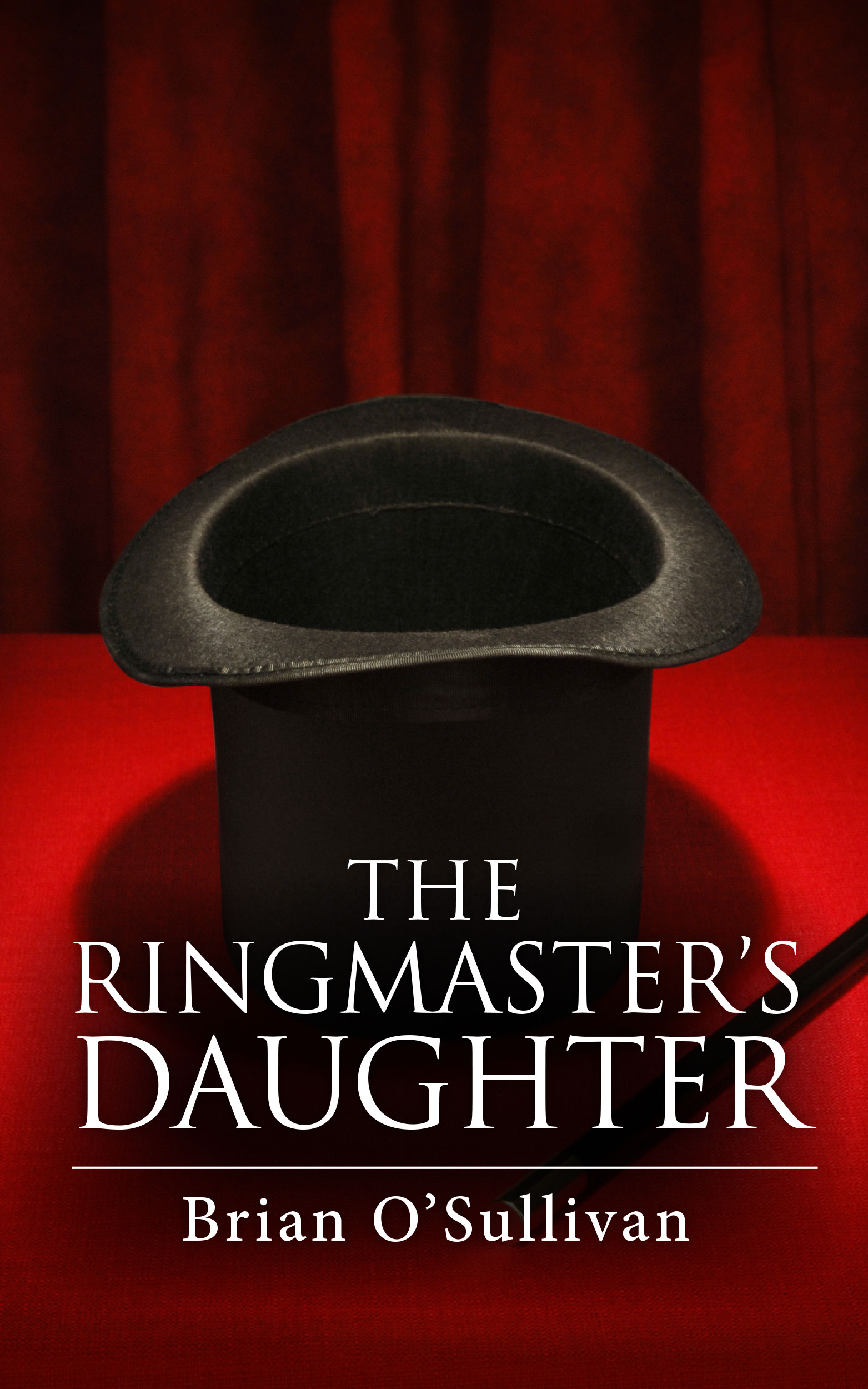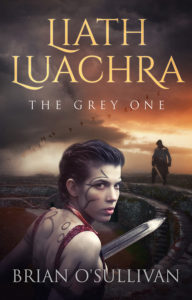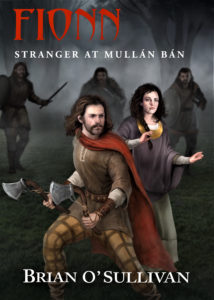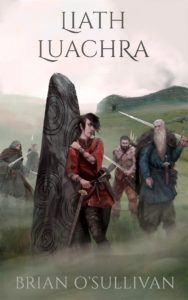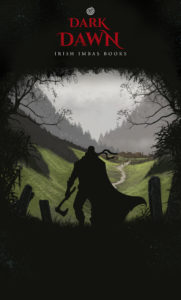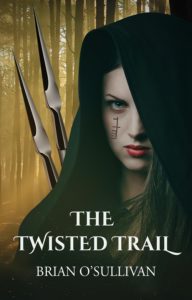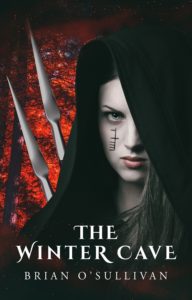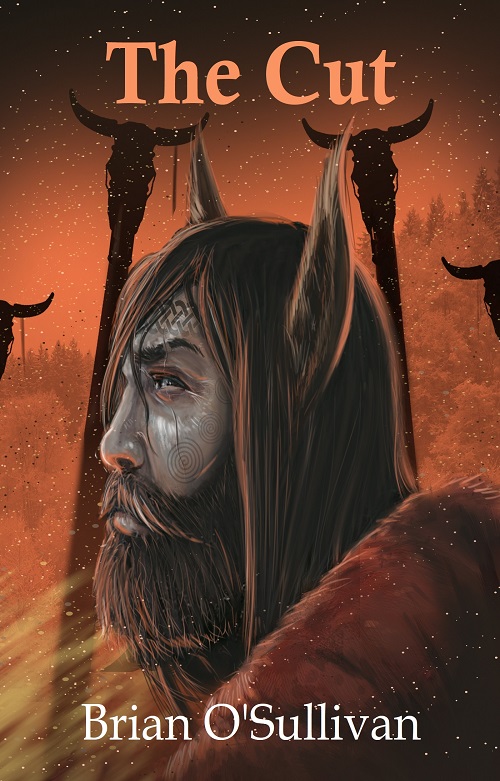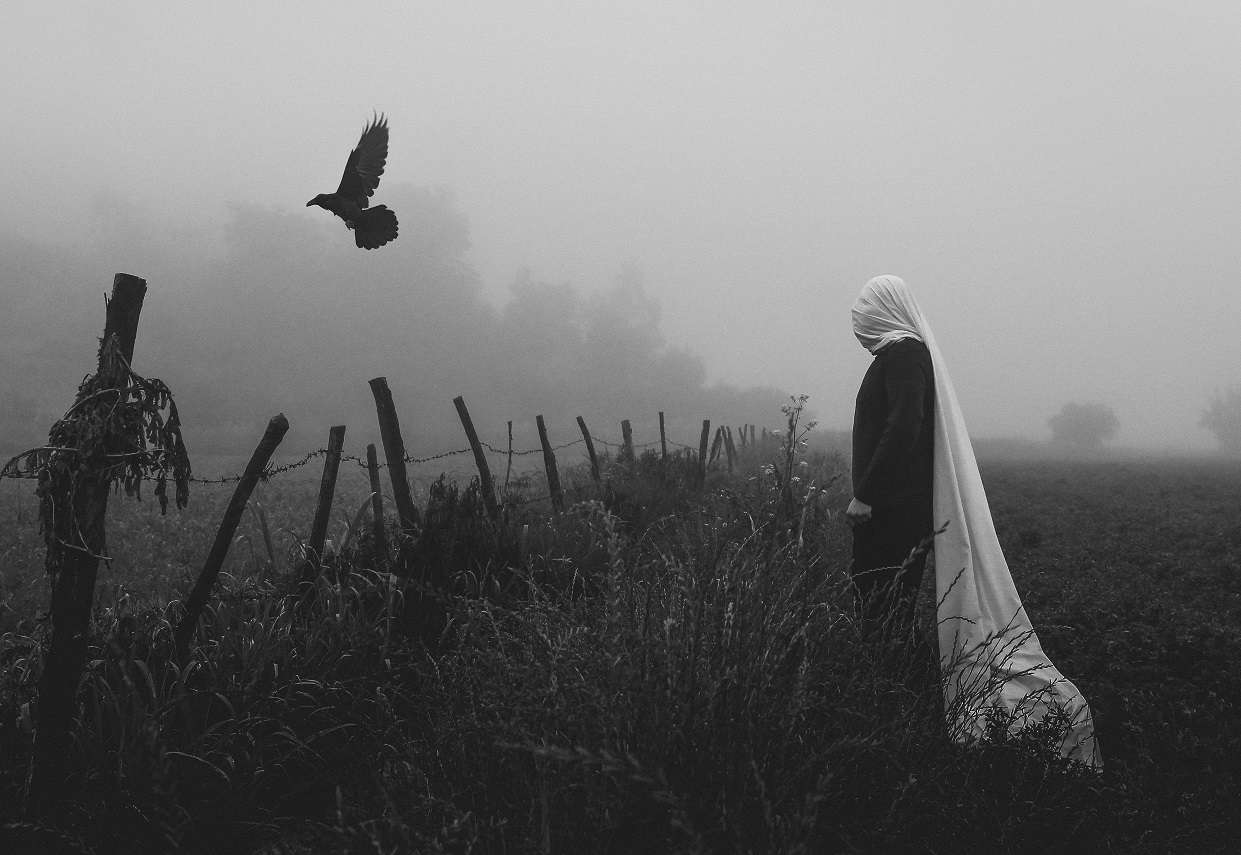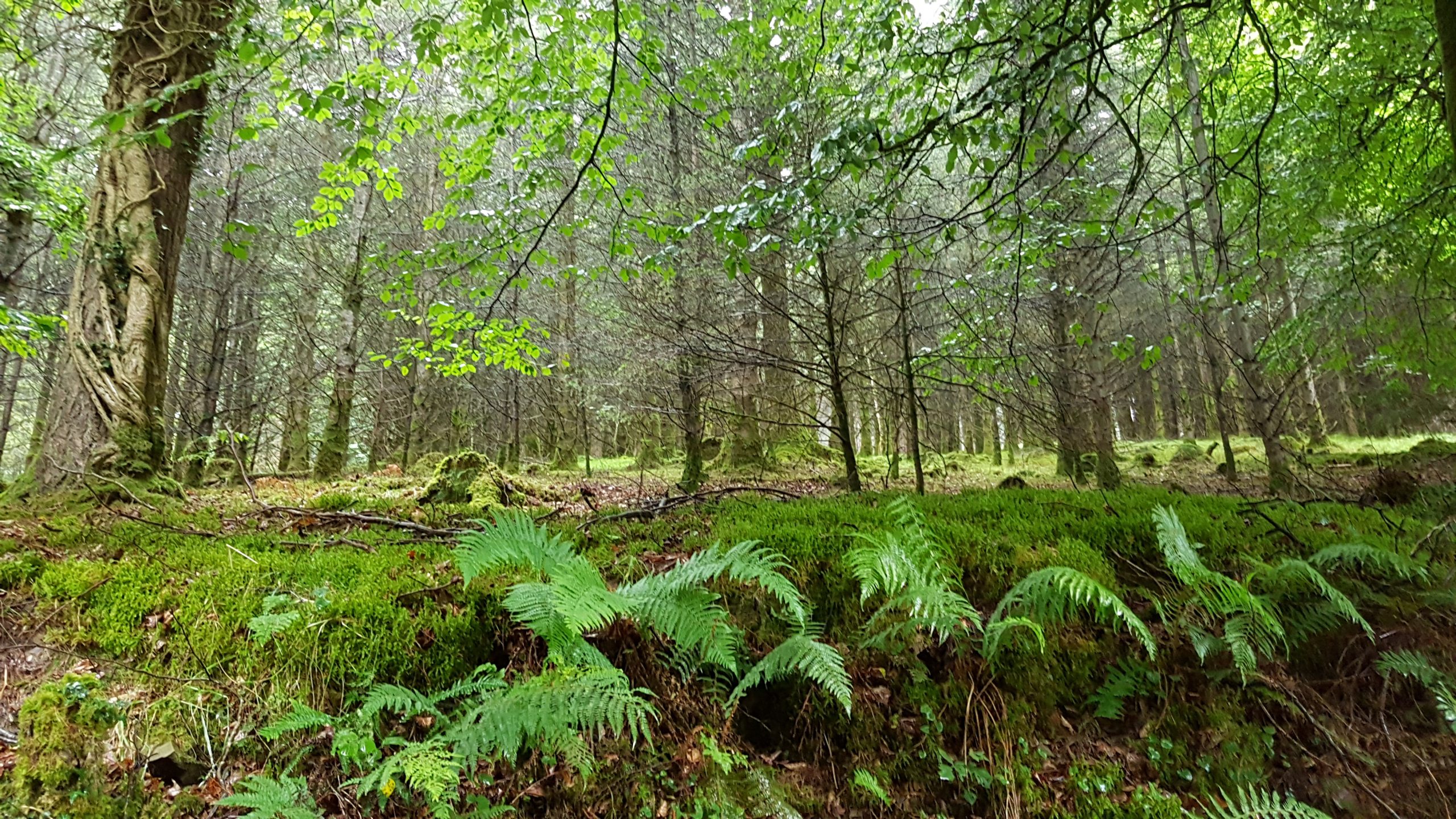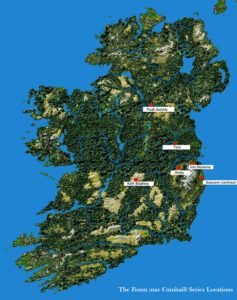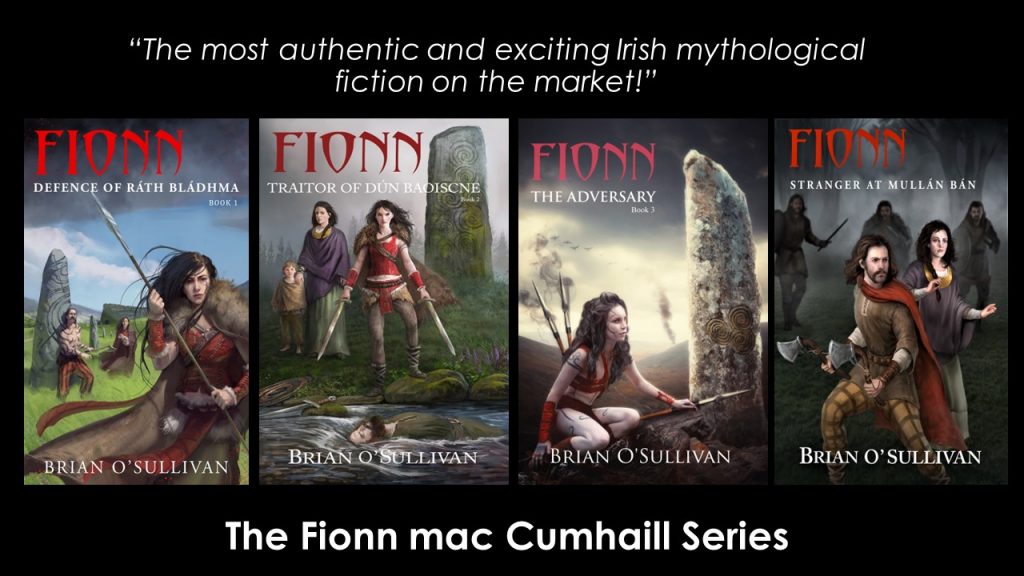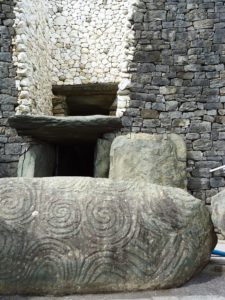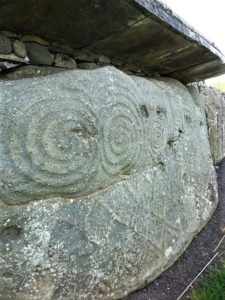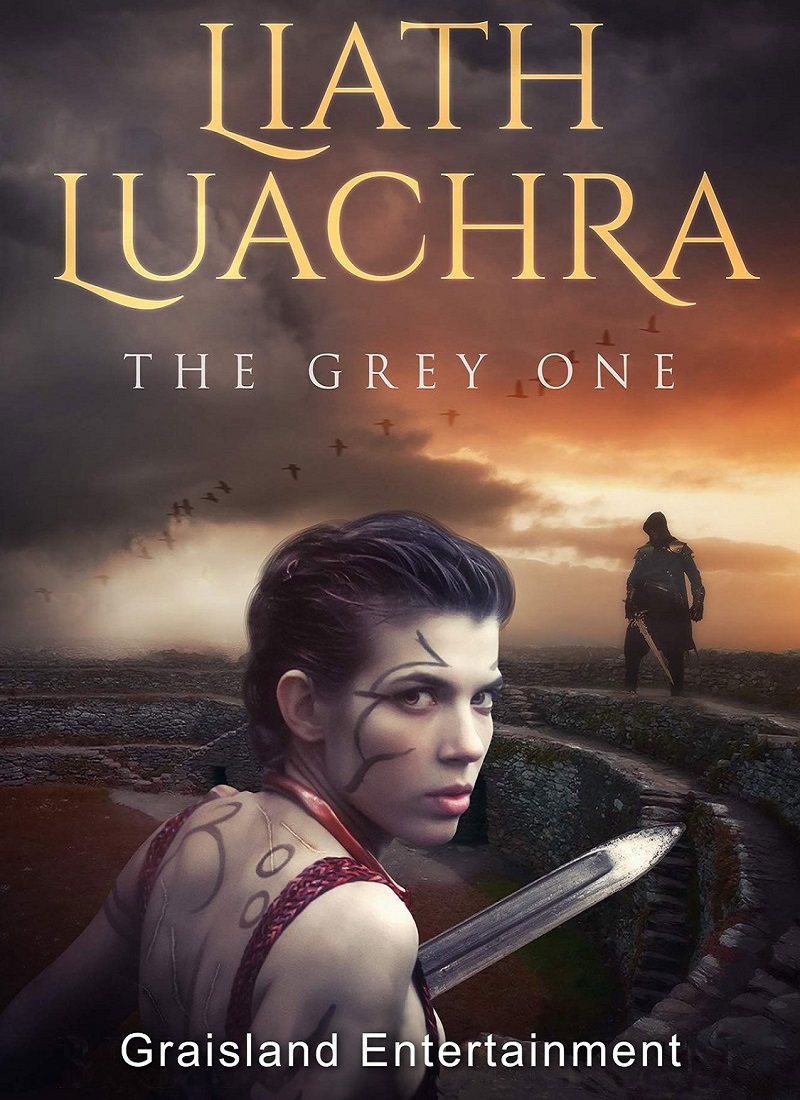
I’m pleased to announce that Liath Luachra: The Grey One has been optioned for the screen/television with Graisland Entertainment.
An action/adventure story based in first century Ireland (and linked to the famous Fenian Cycle), Liath Luachra: The Grey One was first published by Irish Imbas Books in December 2015.
The Context:
Late last year, I received an email expressing an interest in adapting my book Liath Luachra: The Grey One for the screen. The source of that email was Graisland Entertainment, an entertainment partnership between Michael Grais and Carlos Barbosa who (in association with Zero Gravity Management) focus on producing original features films and television production.
Having read the book, Michael Grais was convinced of its potential as a television series, preferring that medium over a feature film as it allowed more time to develop characters and storylines that could delve deeper into the “Fenian” Cycle.
After several weeks of in-depth discussions and negotiations, I signed the option papers.
That was in April 2019. Since then, I’ve kept pretty tight-lipped about the development as:
- I didn’t want people to assume a screen adaptation was certain – my (very rough) estimate is that out of every book optioned, less than one in a hundred proceed to the next step (and there are a lot of next steps); and
- I was too busy enjoying the adaptation process
To be honest, I’ve been extremely fortunate. Liath Luachra: The Grey One has been adapted for the screen (i.e. part of the novel was rewritten as a television pilot screenplay) by Michael, who’s an incredibly accomplished screenwriter, creating the story for “Poltergeist” (probably one of the most successful horror movies of all time), “Great Balls of Fire”, “Cool World” and many more. The real clincher for me however, was one of his first screenplays: “Death Hunt” a film I’ve had in my collection for years.
I’ve also been very fortunate in that Michael was generous enough, not only to share various drafts of his screenplay, but to allow me to input via comments and suggestions. This effectively meant, I was not only party to seeing the process of how a book was adapted but learning by watching one of the best screenwriters in the business at work. There’s a real fire to Michael Grais I admire. A consummate artist, he’s attained (and maintained) a level of creative intensity and professional output most people could only aspire to.
Everyone knows that writing for the screen is very different to writing for a book. All the same, until you actually do it yourself (or see the process in action), you can’t really understand how different it is. When you’re writing a book, you’re essentially creating a wholly immersive experience for the reader; a richly detailed world, in-depth characters, narration and dialogue that pulls the reader deep into the story.
When writing a screenplay, the approach seems quite different in that the story is predominantly pared back to plot and dialogue. Most of the other (visual etc.) immersion components are interpreted and developed by other members of the movie/television production team. For me that was probably the most critical learning.
At heart, the novel Liath Luachra: The Grey One is about a defiant and resilient young woman struggling to survive in the brutal, male-dominated world of first century Ireland. In terms of tone and style, the story is very much ‘dark adventure’ and since its publication in 2015, several people have described it to me as “An ancient Irish Girl with the Dragon Tattoo”. Historically, culturally and linguistically, the book is as accurate as I could make it. It introduces a number of ancient Gaelic cultural concepts that many people aren’t aware of and it aligns accurately with the existing Fenian Cycle and other Irish mythology.
At present, Graisland Entertainment are pitching the proposed television series to key players in the television industry. A screen version of that same story, by necessity, would have to undergo some changes given that its being transmitted through a different format. Nevertheless, I’m confident that Liath Luachra’s story is in capable hands and I look forward to seeing the final product if, and when, it happens.
——————————————————————–
Brian O’Sullivan
Born in county Cork, Ireland, Brian O’Sullivan is an author, mythologist and cultural commentator. Currently based in Wellington, New Zealand, Brian is director of Irish Imbas, a company specialising in the research/analysis of ancient Irish cultural knowledge and belief patterns (‘Irish mythology). Irish Imbas Books, translates the more workable pieces into narratives and learning material for a contemporary audience.
Since 2012, Irish Imbas Books has been publishing fiction and non-fiction that incorporate strong elements of Irish culture, language, history and mythology. These include the ‘Irish Woman Warrior Series’, the ‘Fionn mac Cumhaill Series’ and several others.
Michael Grais (Graisland Entertainment)
From his association with Steven Spielberg, Grais co-wrote the mega-hit POLTERGEIST and co- wrote and produced the sequel, POLTERGEIST II. Grais also executive produced the film GREAT BALLS OF FIRE (starring Dennis Quaid, Alec Baldwin and Winona Ryder) and co-wrote, produced, and financed the hugely successful MARKED FOR DEATH for 20th Century Fox. Other box office hits written or produced by Grais include Steven King’s SLEEPWALKERS, COOL WORLD (starring Brad Pitt, Kim Basinger, and Gabriel Byrne) and WHO KILLED ATLANTA’S CHILDREN, the highest rated movie of 2000 for Showtime.
An accomplished showrunner in episodic television, Grais oversaw production on 22 episodes of the syndicated series, THE IMMORTAL, produced and directed THE PROMISE LAND (in association with University of New Mexico) as an Internet series for STRIKETV.
Mr. Grais’ films have garnered over half a billion dollars in box office receipts.
IMDB – Michael Grais
Carlos Barbosa (Graisland Entertainment)
Born in Bogota, Colombia and trained as an architect with a Masters degree from Tulane University, Carlos was recruited by architect Charles Moore’s Los Angeles firm of MRY which brought him to Los Angeles where the world of designing for the silver screen became a real possibility and an alternative career.
Ultraviolet, a Roger Corman film project, was Carlos’ first credit as a Production Designer and his hands-on education into film making. Today Carlos’ credits as a production designer include GODLESS, MAGIC CITY, season eight and the pilot of 24 (for which he was nominated for an Emmy), the pilot for TERRA NOVA, LOST, CSI-MIAMI, STUDIO 60, COACH CARTER, THE INVISIBLE, HURRICANE SEASON and many more.
In addition to filmmaking Carlos continues to practice as an architect and has completed projects around the world.
IMDB – Carlos Barbosa
Contact Details:
If you have further queries or would like to arrange an interview, Brian O’Sullivan can be contacted at info@irishimbas.com


